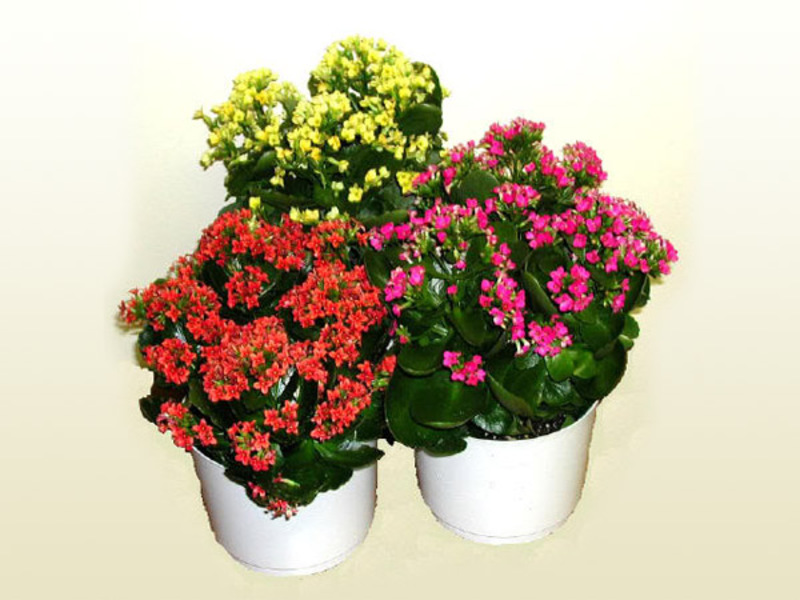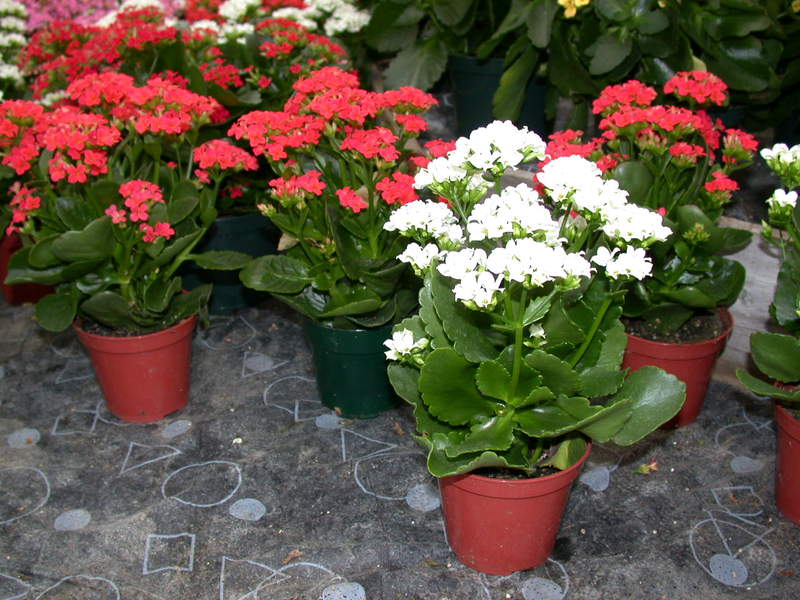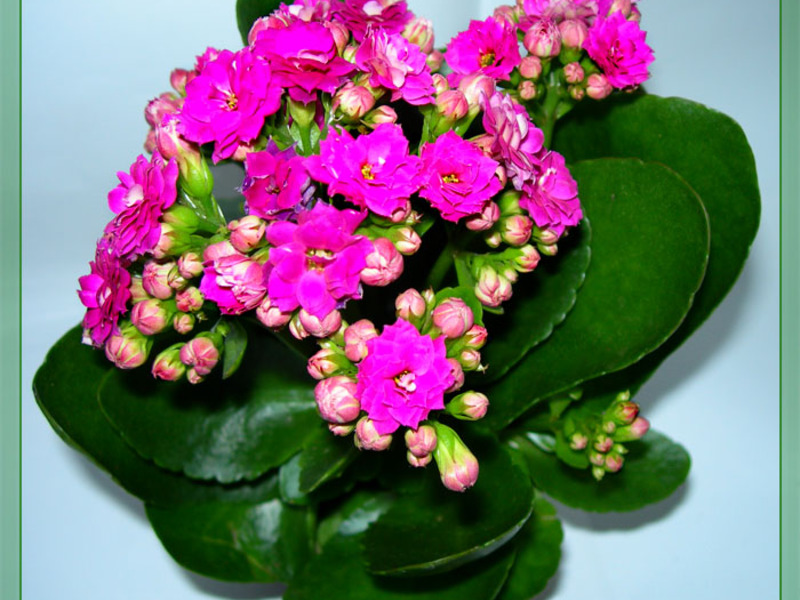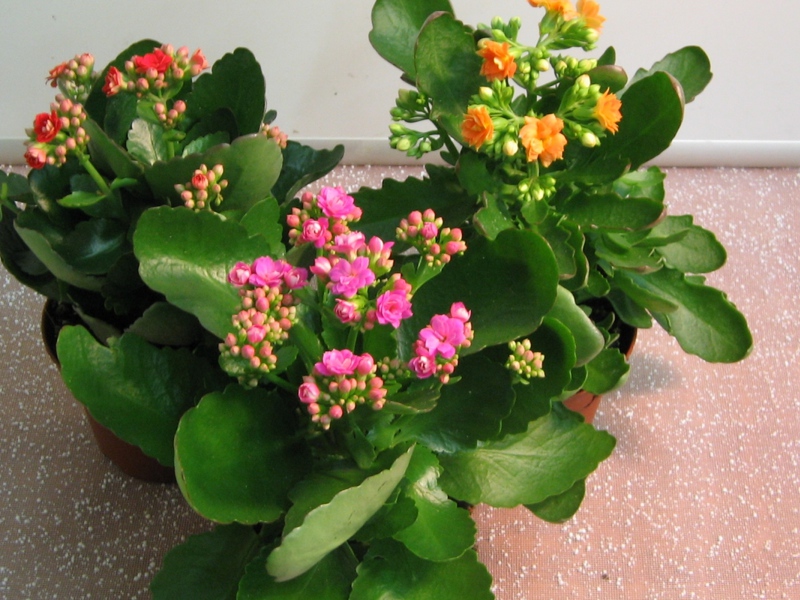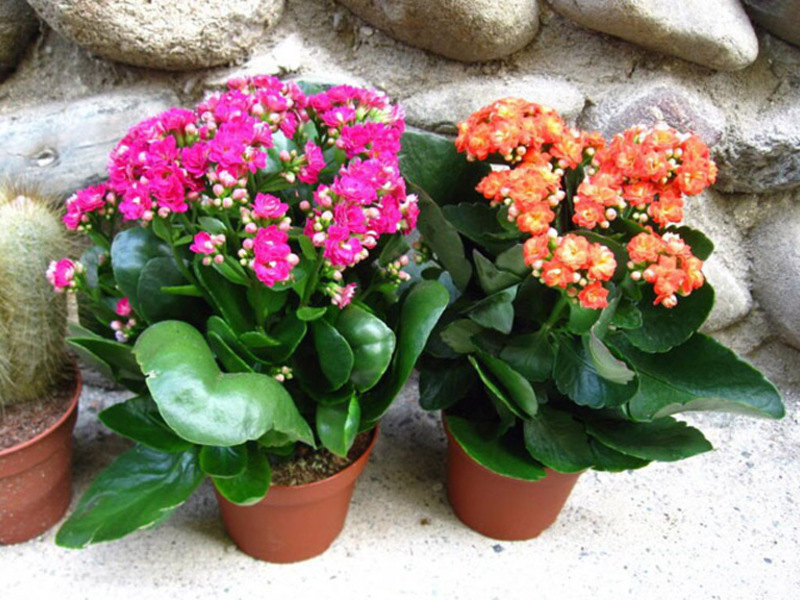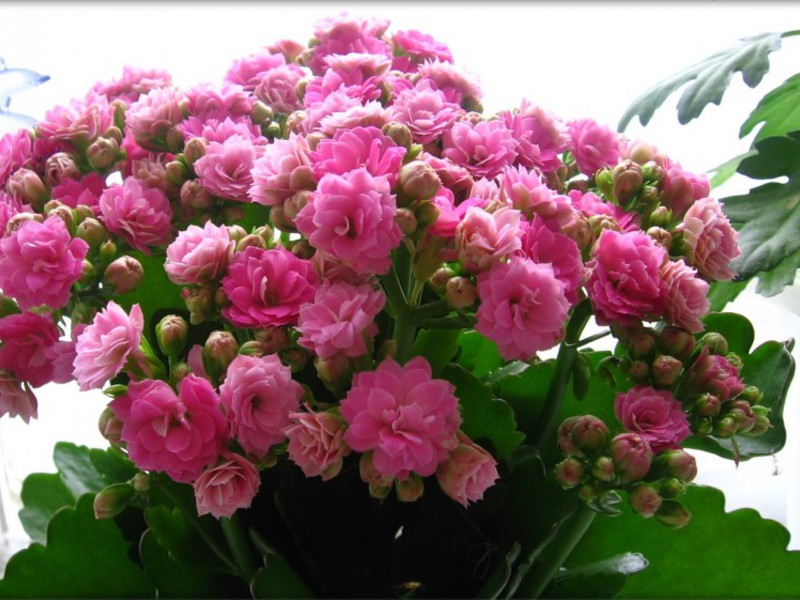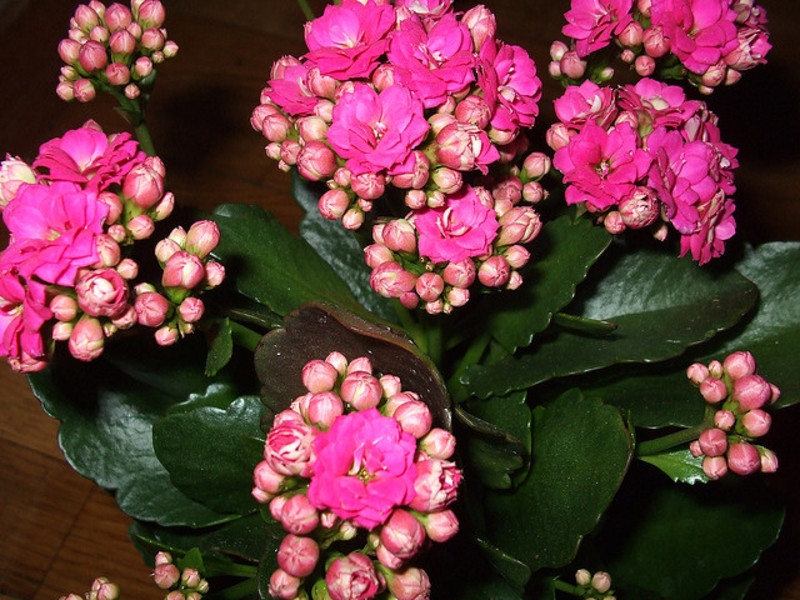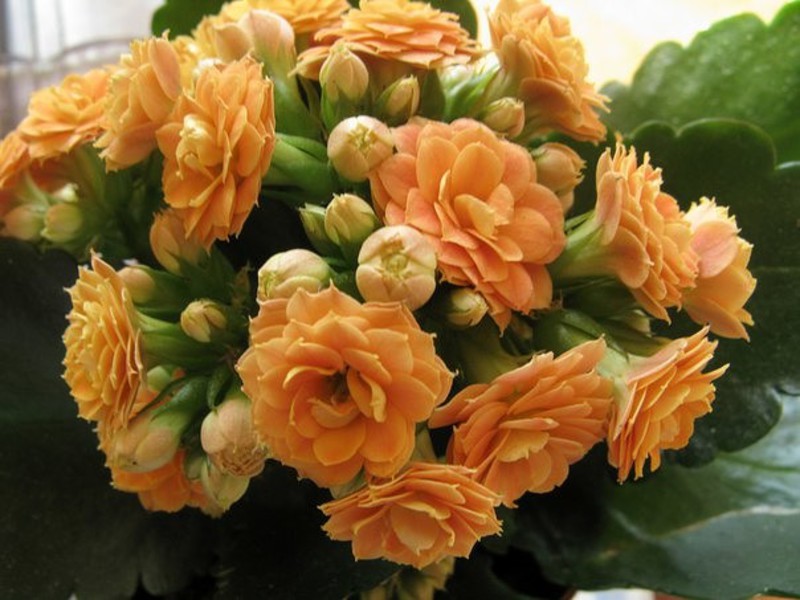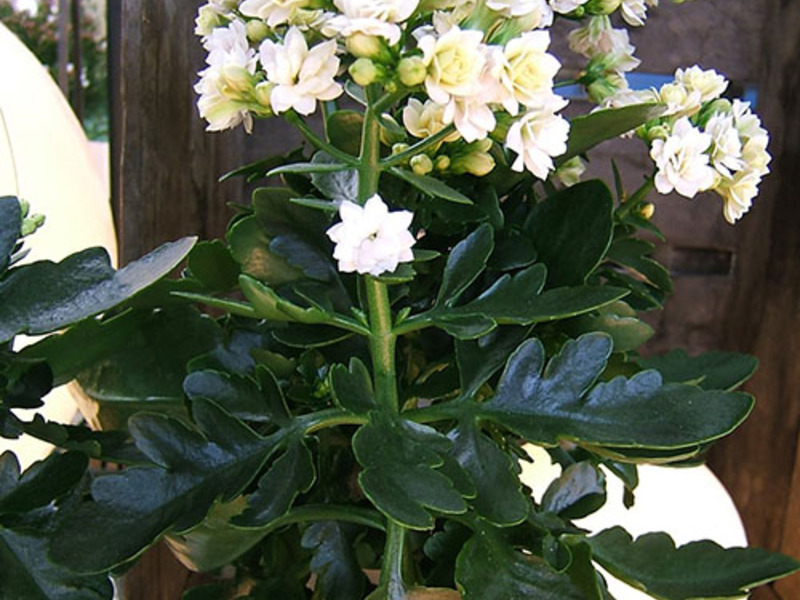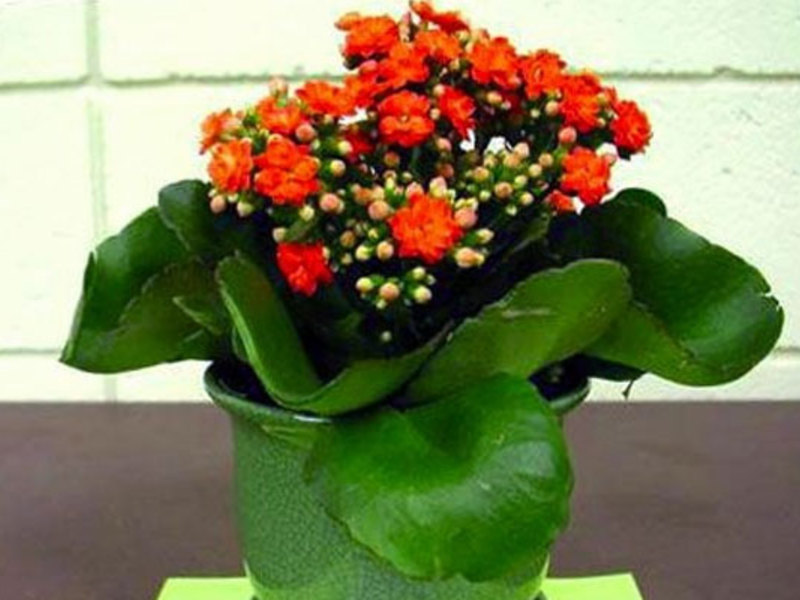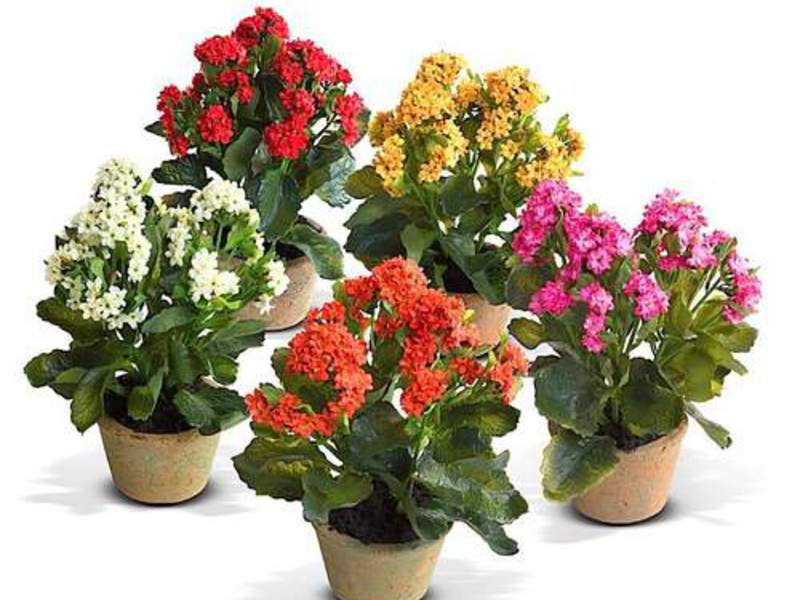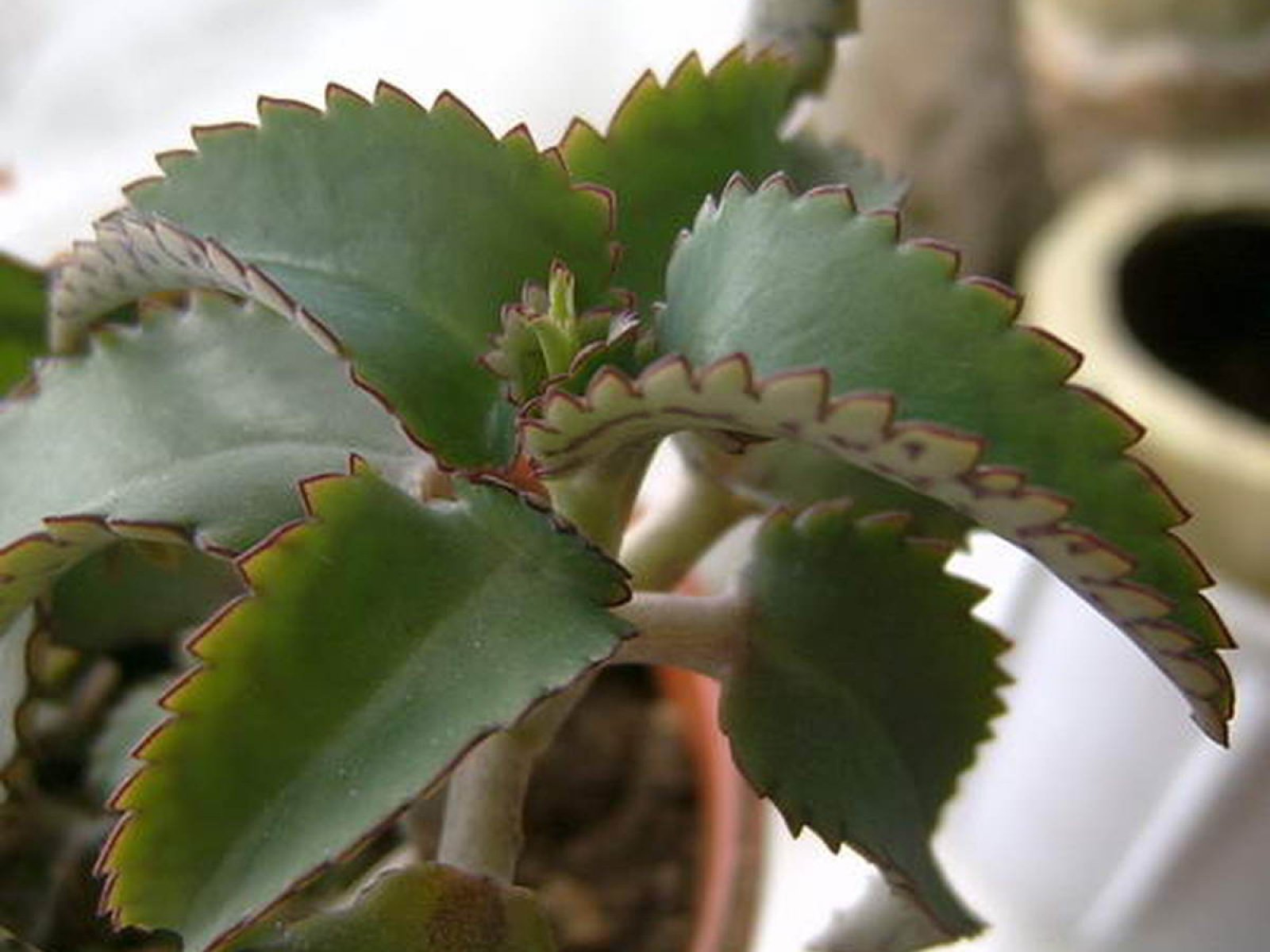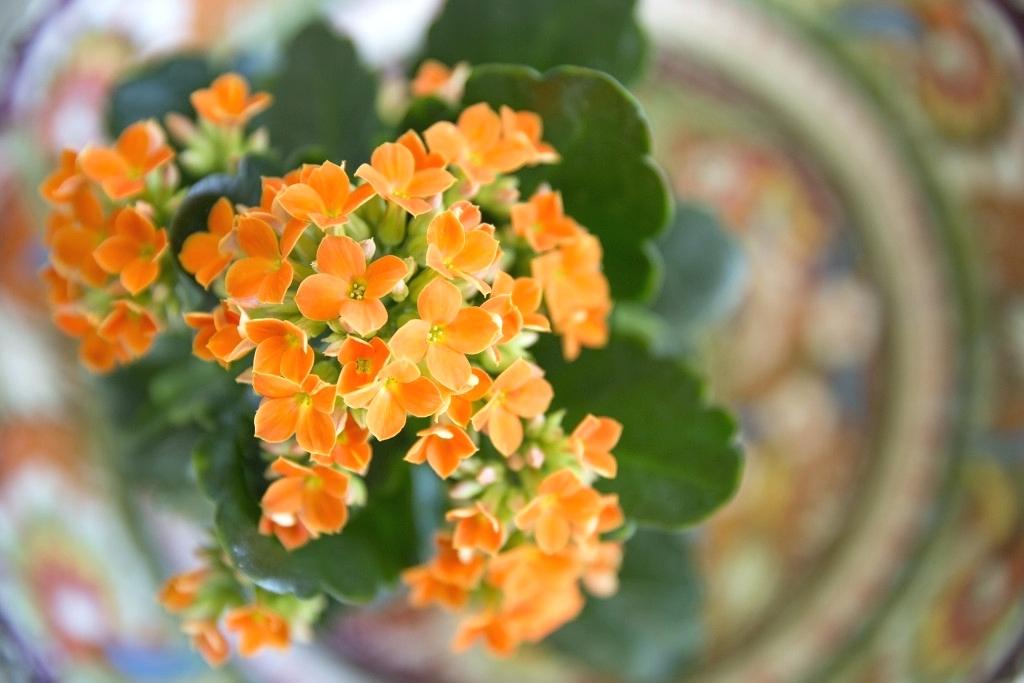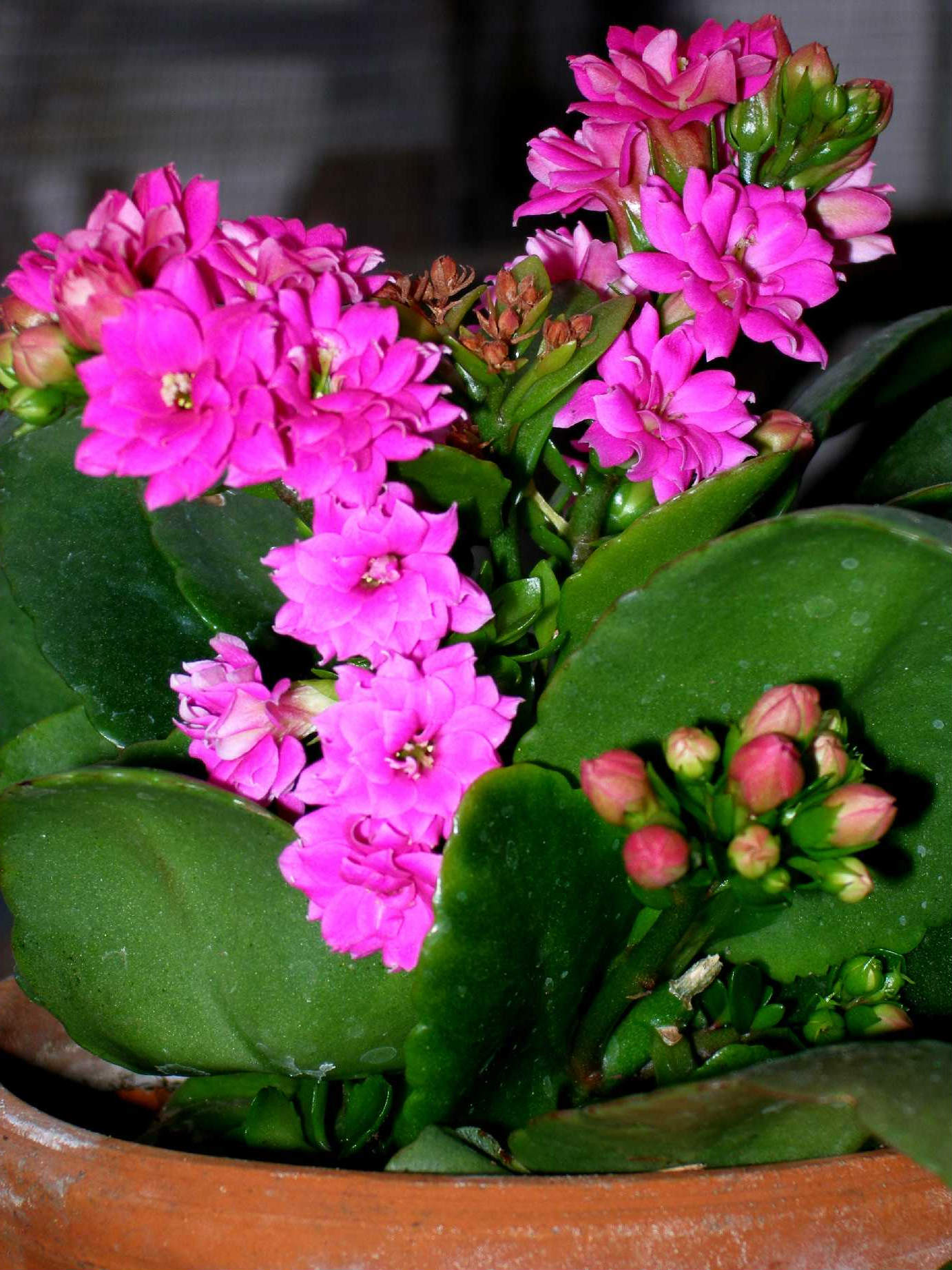The fact that Kalanchoe is a medicinal plant will not be a discovery for anyone. It is often used to treat various diseases. This is why it is often called the "tree of life" or "homemade ginseng".
Most often, its juice is used to treat various diseases. It contains vitamin C, calcium, copper, manganese, magnesium and other beneficial substances.
From the leaves make alcohol tinctures... Ointments are also made from Kalanchoe. The juice is sold at any pharmacy. However, you need to remember that using it without consulting a doctor can be dangerous to your health. Experienced pharmacists and healers claim that with the help of an ordinary home Kalanchoe, which grows in many housewives in a pot on a windowsill, it is possible to cure such sores as:
- phlebeurysm;
- warts, papillomas;
- cervical erosion;
- psoriasis;
- tuberculosis;
- stomach ulcer;
- inflammation of the auricles and mouth;
- flu;
- mental and physical exhaustion.
And this is not the whole list of troubles that are treated with a miracle plant. With all this, it must be remembered that the healing properties are not the only feature of Kalanchoe. The genus of this plant has more than two hundred species... Among them there are many decorative varieties that serve as a wonderful decoration for any interior.
Types of Kalanchoe
We suggest you familiarize yourself with only some of the species. So, your attention is offered the most common types of Kalanchoe:
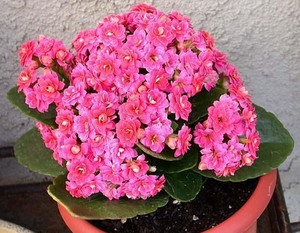 Degremona;
Degremona;- Feathery crassula;
- Benta;
- Blossfeld;
- Mangin;
- Large-flowered.
If you are an inexperienced florist, then these names are just a collection of words for you. But since you are reading this article, then you want to know more about Kalanchoe. We will be happy to help you. Below you will find out a lot of useful information about the beautiful Kalanchoe Kalandiva, see a photo and learn about the proper care for her at home.
Kalanchoe Kalandiva
Kalanchoe Blossfeld variety Kalandiva, the full name of this flower. Is different lush and long flowering... It does not germinate in nature, he likes only room conditions and human care. This is a completely unpretentious plant. Appearance - a compact bush with thick stems and fleshy leaves. They are colored dark green. They can be both velvety and smooth.
The height of the bush does not exceed thirty centimeters. The advantage is abundant and long-lasting flowering. Small flowers are collected in inflorescences. The color of which is varied. All shades of pink, red, salmon and yellow are found. But the Kalanchoe Kalandiva mix looks especially exquisite. Kalandiva mix is a mixture of colors with different colors. The flowering period lasts about six months. From January to July. When flowering ends, the resting phase begins.
Home care
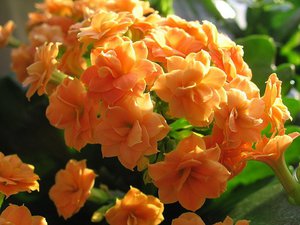 This plant is ideal for growing at home. With little to no hassle. The only important condition for complete care is compliance with the light regime while laying the buds. Kalandiva does not like dark places and direct sunlight. From the latter, burns may even appear on the sheets. She can easily carry dry air, so the spraying process is not necessary for her. The acceptable temperature is 10 to 30 degrees Celsius.
This plant is ideal for growing at home. With little to no hassle. The only important condition for complete care is compliance with the light regime while laying the buds. Kalandiva does not like dark places and direct sunlight. From the latter, burns may even appear on the sheets. She can easily carry dry air, so the spraying process is not necessary for her. The acceptable temperature is 10 to 30 degrees Celsius.
But there is something that this plant is very afraid of.These are cold drafts. They can cause the appearance of gray mold on the leaves. The combination of high temperature and high humidity is undesirable for Kalanchoe Kalandiva. Such a dysfunctional duo is a direct road to the defeat of powdery mildew. So, the ideal care consists in timely, infrequent watering and feeding. Suitable for watering filtered or separated water... It is recommended to wipe the bottom and pan of the pot after watering. Since Kalanchoe Kalandiva tolerates a lack of moisture more easily than an excess of it.
Fertilize in autumn and summer. It is during this period that flower buds are laid. Fertilizers need to be diluted in water for irrigation. Strictly observing the recommended doses. They are fed no more than 1-2 times a month.
From the moment when the plant begins to bloom, special care is not required. Many experienced flower growers advise getting rid of wilted flowers. This simple procedure, in their opinion, can prolong the flowering period. Also, if you spray Kalandiva, this must be done so that drops of water do not fall on the flowers. It could hurt them. It is necessary to grow Kalanchoe Kalandiva indoors in small flower pots. Frequent transplants are not required. You can transplant after purchase and in case of pest infestation.
Reproduction
This process is done in three ways: cuttings, babies and seeds... Reproduction by "children" is considered to be the simplest, but unfortunately, not all Kalanchoe varieties have them. In this case, propagation can be made by leafy cuttings. To do this, a leaf of Kalanchoe, preferably in June, must be planted in damp ground and covered with a glass.
Seed propagation is a little more difficult. You need to sow in January or March. You do not need to cover the seeds with earth, just press down with your finger. You need to put glass on top and protect from the sun with a sheet of paper. The optimum temperature for seed germination is 16-18 degrees Celsius. Care consists in regular airing, you need to periodically turn the glass over. When the first shoots appear, the paper and glass must be removed. Water it with water at room temperature. When small Kalanchoe has several leaves, they can be transplanted into pots. Only small, tall no more than seven centimeters.
Bloom
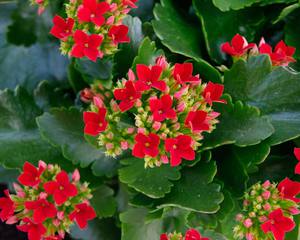 Very often, owners of Kalanchoe Kalandiva complain about one drawback. We bought a wildly flowering plant, it faded, and that's it. They cannot wait for a second blooming period. Many, without waiting, donate the flowerpot to someone, and some desperate throw it away. It is a pity that this is happening. After all, this problem is very easy to solve. Everything is very simple: for regular flowering Kalandiva needs the same daylight hours as in their homeland. AND in their homeland he is short.
Very often, owners of Kalanchoe Kalandiva complain about one drawback. We bought a wildly flowering plant, it faded, and that's it. They cannot wait for a second blooming period. Many, without waiting, donate the flowerpot to someone, and some desperate throw it away. It is a pity that this is happening. After all, this problem is very easy to solve. Everything is very simple: for regular flowering Kalandiva needs the same daylight hours as in their homeland. AND in their homeland he is short.
Lighting should last no more than ten hours. By the way, the lighting of the lamp also counts. What to do? - you ask. Everything is very simple. It is necessary after nine o'clock in the evening to close the window with blackout curtains. If a bright lantern is also shining outside the window, it is better to completely remove the flowerpot in a dark place. This could be a bedside table or a wardrobe. Or you can just cover it with a tall bucket or box. This should be done before the first peduncles appear. After that, the usual light mode will do. Excessive feeding can also be the reason for "not blooming".
Summing up, we conclude that for the full growth of Kalandiva you need compliance with three conditions:
- do not fill;
- do not overfeed;
- provide optimal lighting.
Observing these rules, you will create comfortable conditions for the growth of Kalanchoe Kalandiva. It must be remembered the more comfortable the conditions, the fewer problems with the plant. If your Kalandiva bloomed wildly in January, you are great. You did it. Now you can admire the beautiful color with pride.
